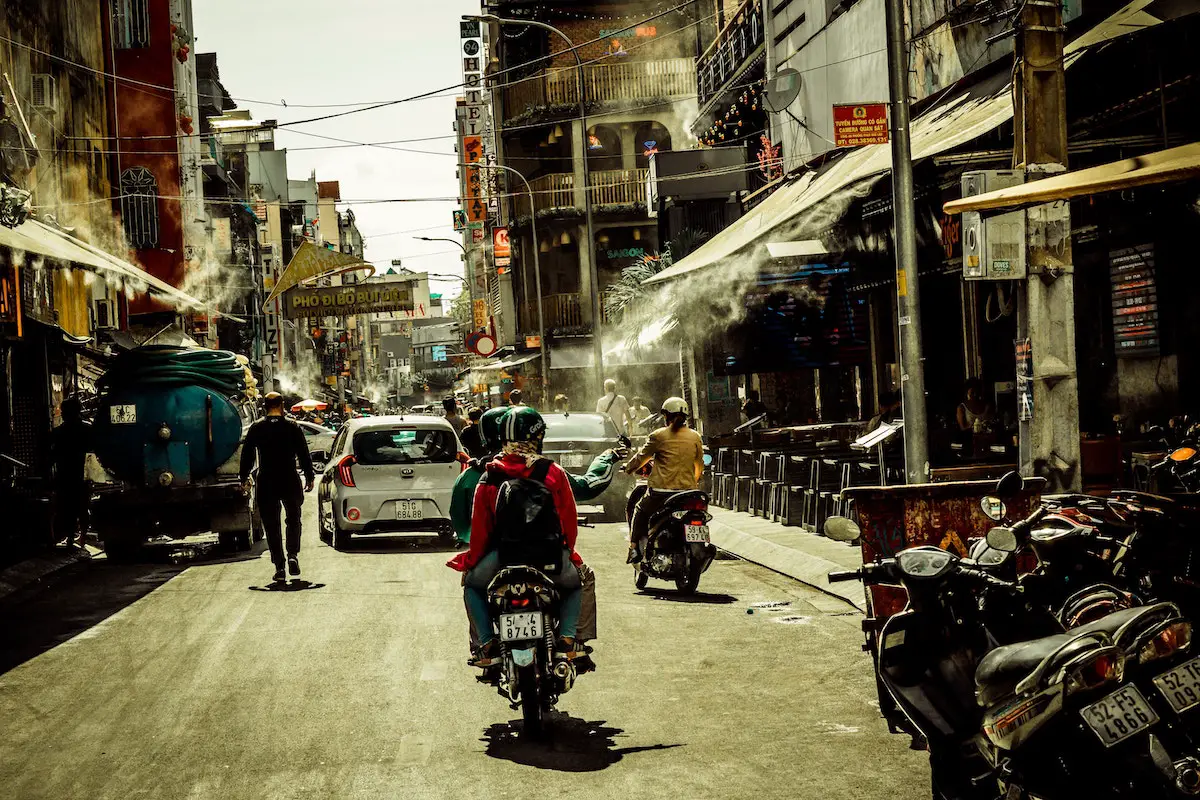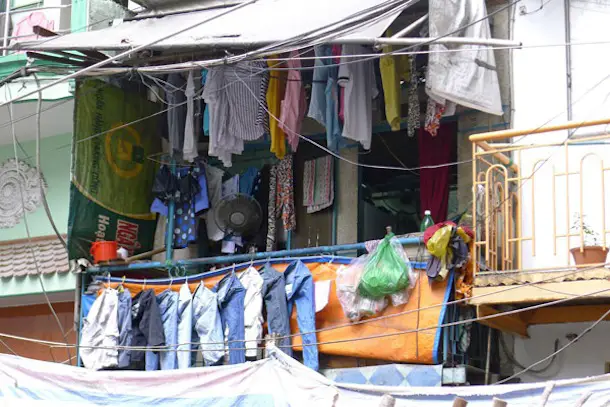In the South Korean city of Seoul, an area which was once designed for automobiles has been transformed into a vibrant public space. Seoul’s downtown once had a large stream called Gaecheon running through it which provided water for the city’s residents. During the Japanese colonial period this stream was renamed Cheonggyecheon, and after the Korean War ended in 1953 the reinstated Korean government spent 20 years covering the stream, opening an elevated highway above it in 1976.
Fast forward to present day and Seoul once again has a stream on this very site, with the road that took its place no longer present. Driven by a personal ambition to honour the area’s heritage, then-Mayor of Seoul Lee Myung-bak embarked on one of the most expensive urban landscaping projects in South Korea’s history, spending US$384 million.
The vast expense of removing miles of concrete contributed significantly to the project’s cost, though this was not the only reason behind the large price tag. Having suffered decades of neglect, water was no longer naturally flowing through Cheonggyecheon, meaning 120,000 tonnes needed to be pumped into the site every day from the Han river. In fact, the amount of work involved in transforming the site generated much criticism, with both government members and environmental organisations questioning the true value of the project.

But the people of Seoul have embraced Cheonggyecheon, and the site now receives 90,000 visitors a day. The city has also seen environmental benefits from this transformation. Air pollution is down from 74 micrograms per cubic meter to 48, and the cooling effects of the open stream means temperatures are as much as 5 degrees (F) lower than other urban areas. Wildlife is also flourishing, with the variety of species on site increasing five-fold.
In the early 20th Century, Gaecheon fulfilled Seoul’s demands by providing water for local inhabitants. Since then, Seoul has embraced the automobile, and the city’s needs have changed significantly. But in 2010, now known as Cheonggyecheon, this large stream is once again fulfilling the needs of Seoul, providing public space which people and the environment are benefiting from, whilst at the same time acting as a peaceful reminder of the bustling city’s heritage.

Photos: J Shim, Farrel Nobel and Jana Sabeth


